Kaffir lime: growing for beauty and tasty leaves
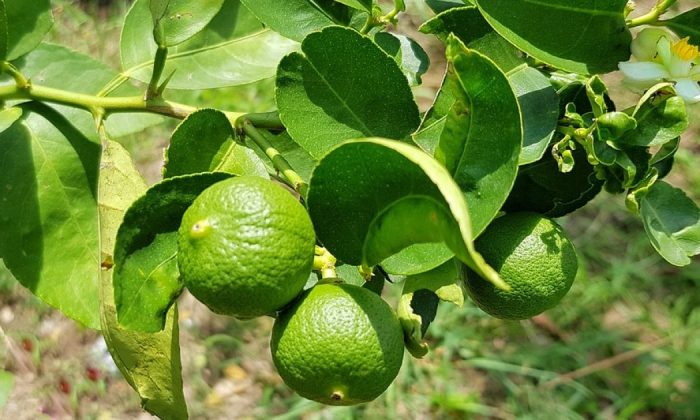
Kaffir lime (Citrus hystrix) is a very interesting plant. In this article, we shall focus on cultivation, but we shall also tell you how you may use this plant – both fruits and leaves are used in cuisine. Leaves have an oblong shape and are 3 to 5 centimetres wide and 8 to 12 centimetres long. The upper part of leaves is glossy and dark green, while the underside is porous and pale, dull green.
Leaves
Leaves grow in pairs: two on each side of the stem and appear to be an identical mirror image. Tips may be slightly rounded or very pointed. Leaves have a strong citrus flavour and aroma – a blend of tangerine, lemon and lime. Kaffir lime is thorny and grows from 1 to 10 meters tall and as already mentioned, leaves and the fruit or even the skin is used. The plant produces fragrant white flowers. As any citrus plant, kaffir lime does not like cold or freezing temperatures.
Photo: Pixabay
Nutritional value of leaves
Leaves contain antioxidants such as limonene and citronellal. Both these substances contribute to the flavour and aroma of the leaves and have been shown to have antimicrobial properties.
Using leaves
You may cook them or used them fresh, raw or you may dry them or freeze them. Thick leaves are not eaten whole but they are cut into thin slices or you can make an extract out of them. Cut slices are mainly used in salads. In Asia, people crush the leaves and make fish cake out of it. They are also widely used in soups and as an accompaniment to seafood such as prawns. Their citrus flavour is usually extracted and used in desserts such as custard and ice cream but most often leaves are added to dishes containing lemon grass, basil, cardamom, curry leaves, mint, tamarind, turmeric, cumin, galangal, ginger, garlic, soy sauce, sesame oil, jasmine rice and meats, such as lamb, chicken and pork, mussels and coconut milk. Well, sounds like you can use it almost anywhere.
Cultivation
You can grow kaffir lime in our climate too, but indoors or in a greenhouse. In summer, you should take the plant out to a balcony or terrace, and winterize it in autumn. To do so, put it in a bright room where the temperature remains around 15 °C. Kaffir lime prefers permeable and slightly acidic soil. You may fertilize from May to August, once every 14 days. Use fertilizers designed for citruses. Water evenly with calcium-free water that has been sitting around for a while. The plant hates wet roots, so make sure that water does not stay in the pot saucer. It does much better with moisture, so you should use an atomizer.
Kaffir lime in Thailand
This aromatic plant is often used in household. Essential oils are extracted from fruit skin and used as cleaning agents or in shampoos. They are also used to kill lice. The skin is also used to flavour curry dishes and soups. It also works great in a potpourri (in crushed form) or even in a hot bath where it brings out a nice citrus scent.
Preview photo: Pixabay

Gardening is my hobby, I have a lot of experience and I am happy to share it.
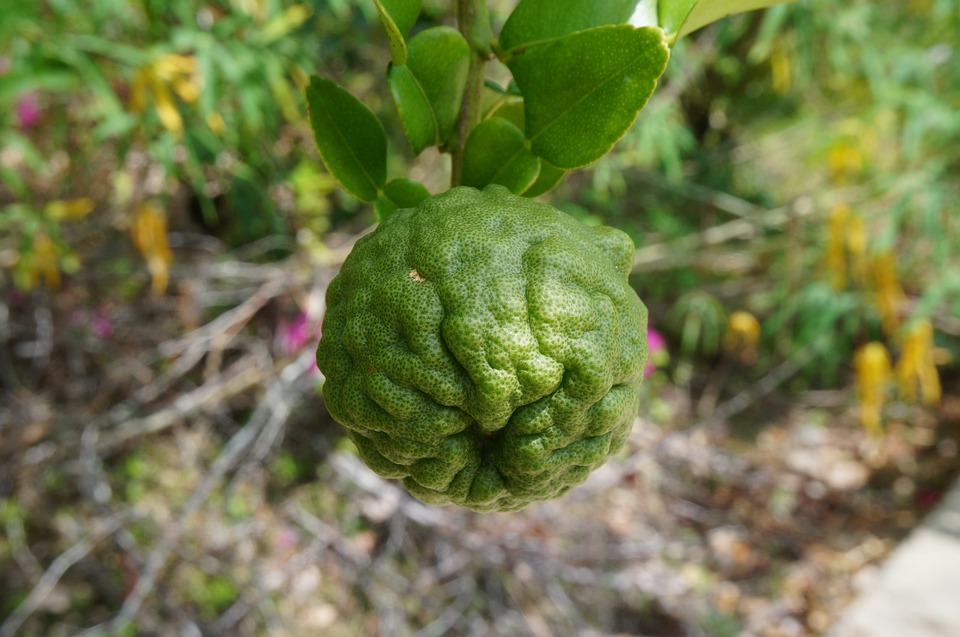



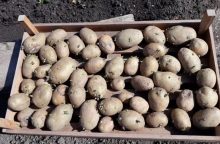
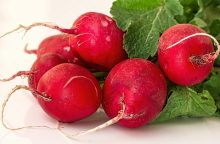

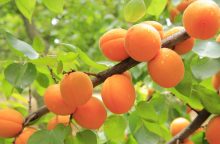
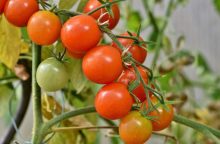
0 comments